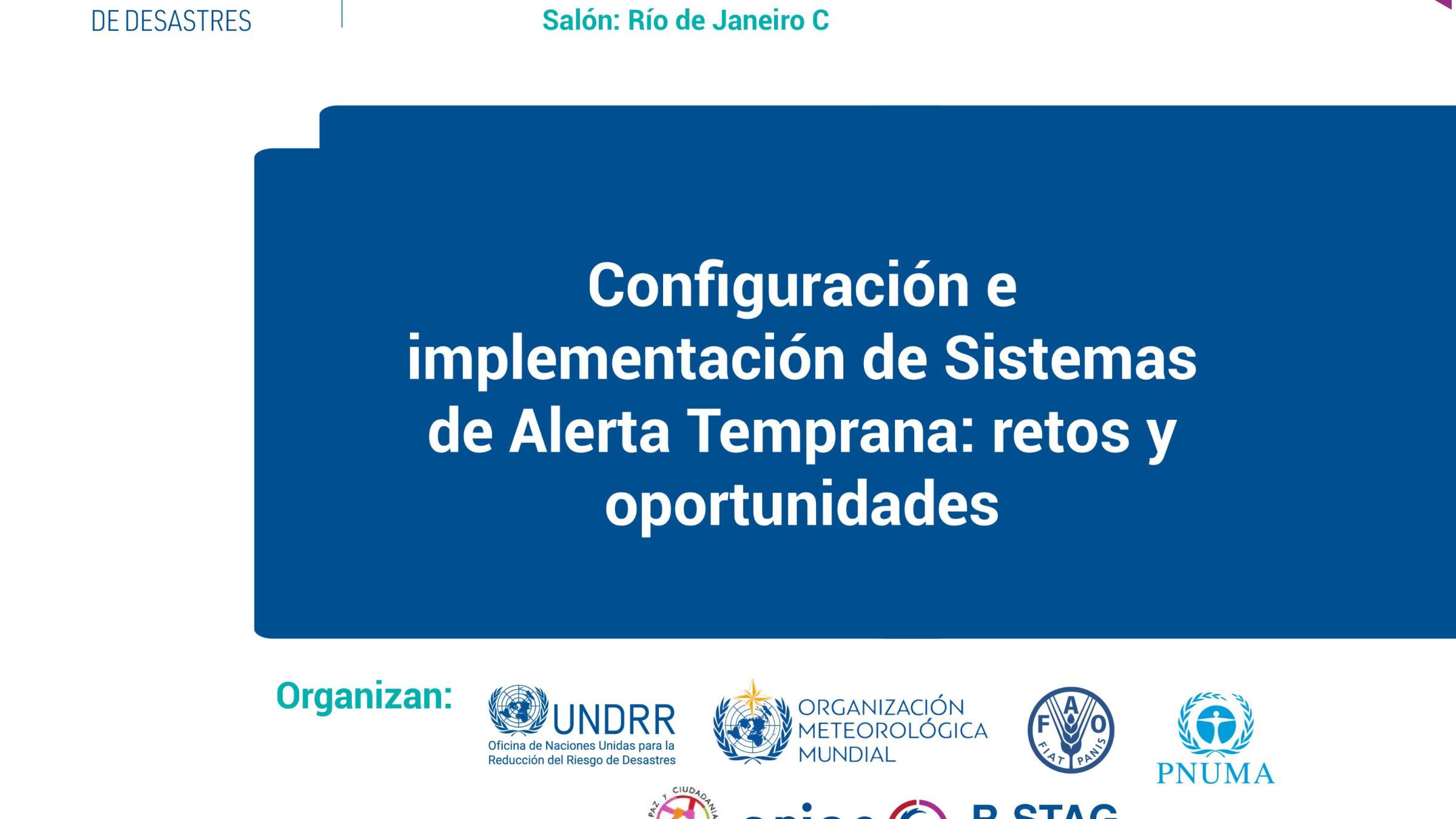SIDE EVENT: Configuration and implementation of Early Warning Systems: challenges and opportunities
During the COP27 climate change conference, in Sharm el-Sheikh, Egypt in, last November 2022, the United Nations Secretary-General, Mr Antonio Guterres, announced “The Executive Action Plan for the Early Warnings for All Initiative (EW4ALL)”. This initiative aims to boost new action to ensure every person on Earth is protected by early warning systems within the next five years in line with Target G of the Sendai Framework for Disaster Risk Reduction 2015-2030.
The need for people´s centered early warning systems is urgent as the number of recorded disasters has increased five-fold, driven by vulnerability and exposure conditions of communities, human-induced climate change and more extreme weather events, as well as, by other hazards such as earthquakes, tsunamis, and more recently pandemics. Peoples centered early warning systems are widely regarded as a relatively affordable and effective way of protecting people and assets. Early Warning Systems are a proven, robust, and feasible measure that save lives, and provide a tenfold return on investments.
Science and technology play a major role in reaching Target G of the Sendai Framework, as well as the ambitious Executive Action Plan for the EW4ALL initiative. Those objectives would be only possible with modern science, reducing vulnerability and exposure, sustained systematic observing networks for multiple hazards, daily international exchange of quality data, access to high-quality early warning products, the translation of forecasts into impacts, plus advances in telecommunications.
This will only be possible if disaster risk governance mechanisms that ensure bridging science and technology and effective MHEWS are in place.

